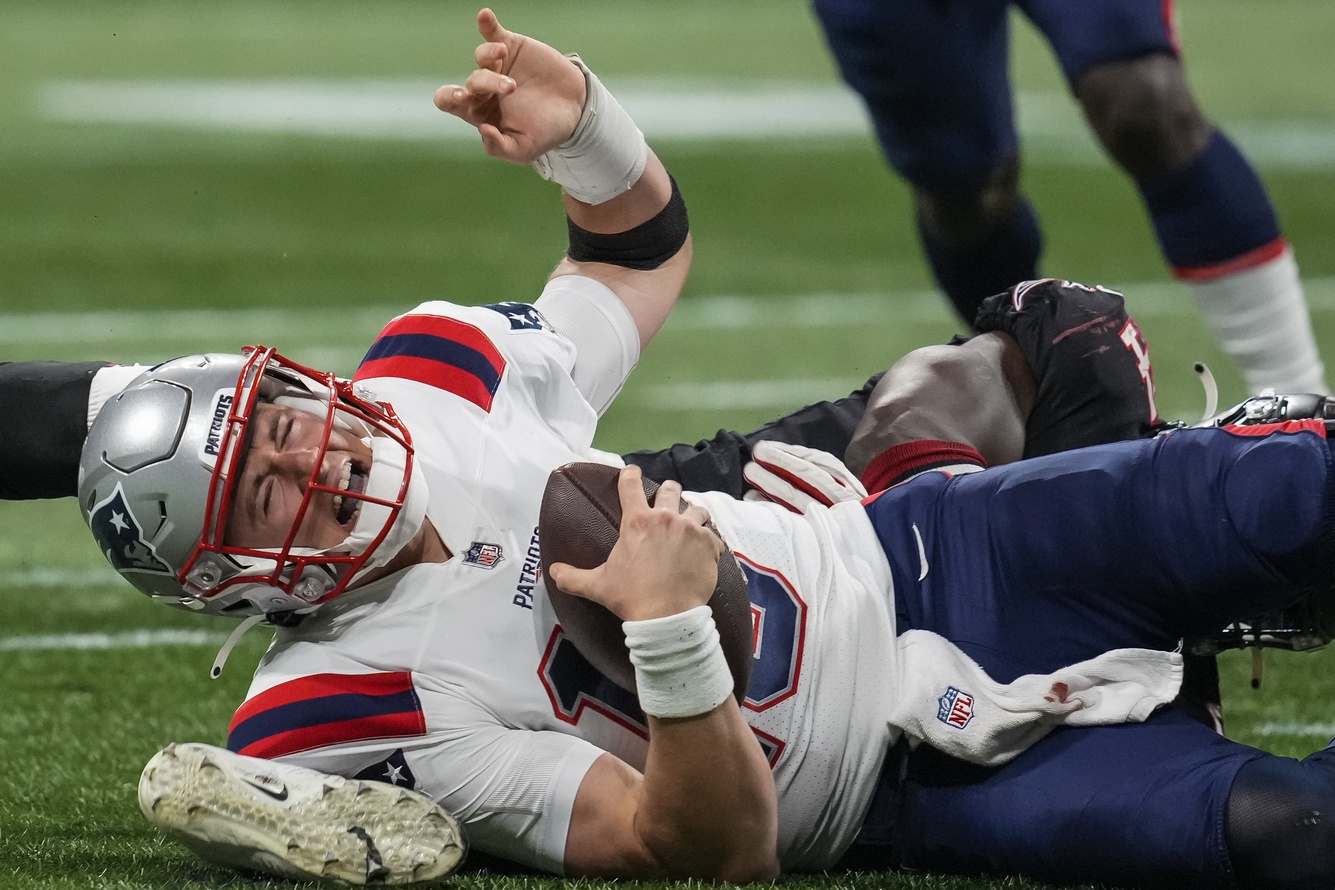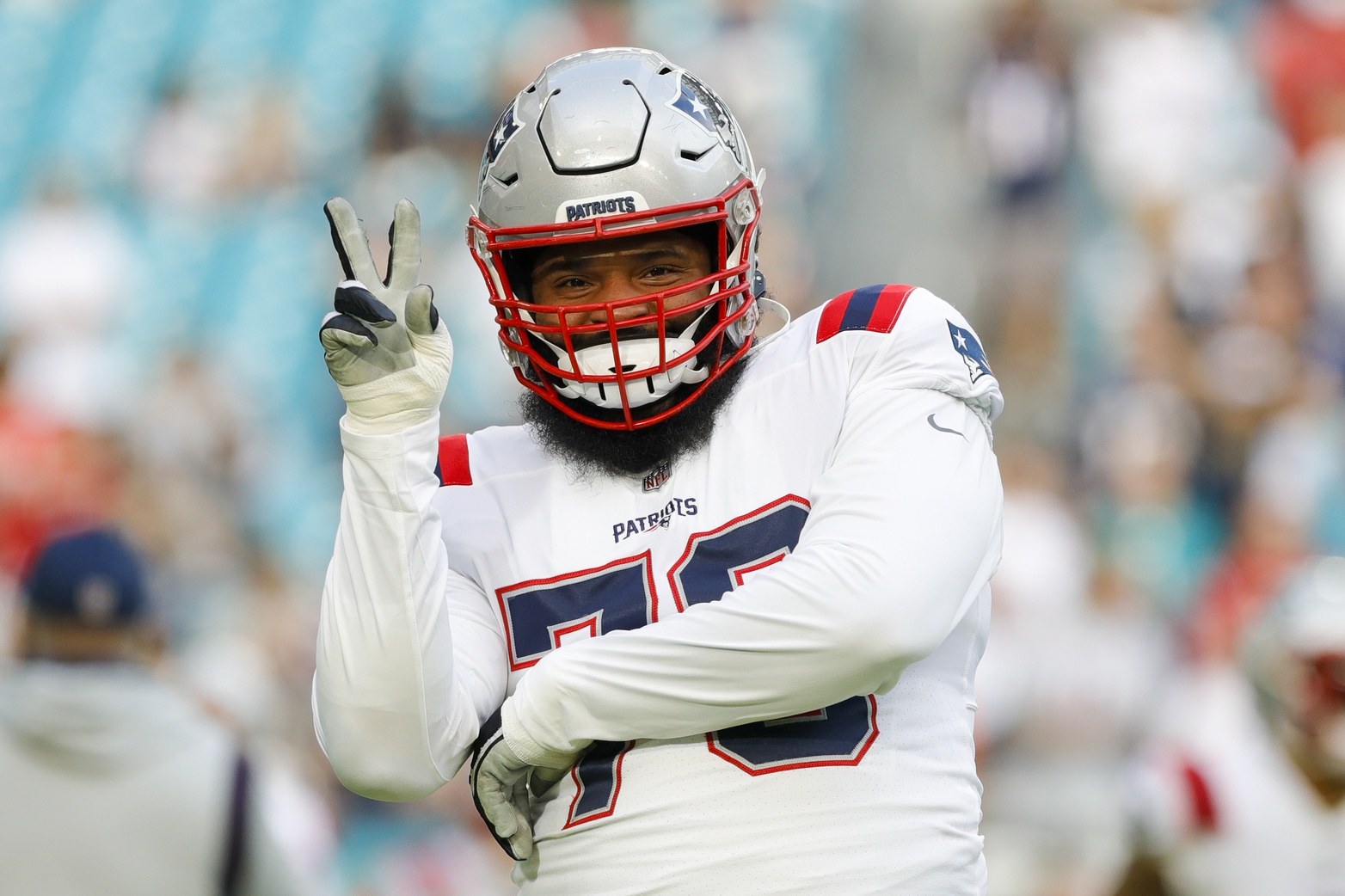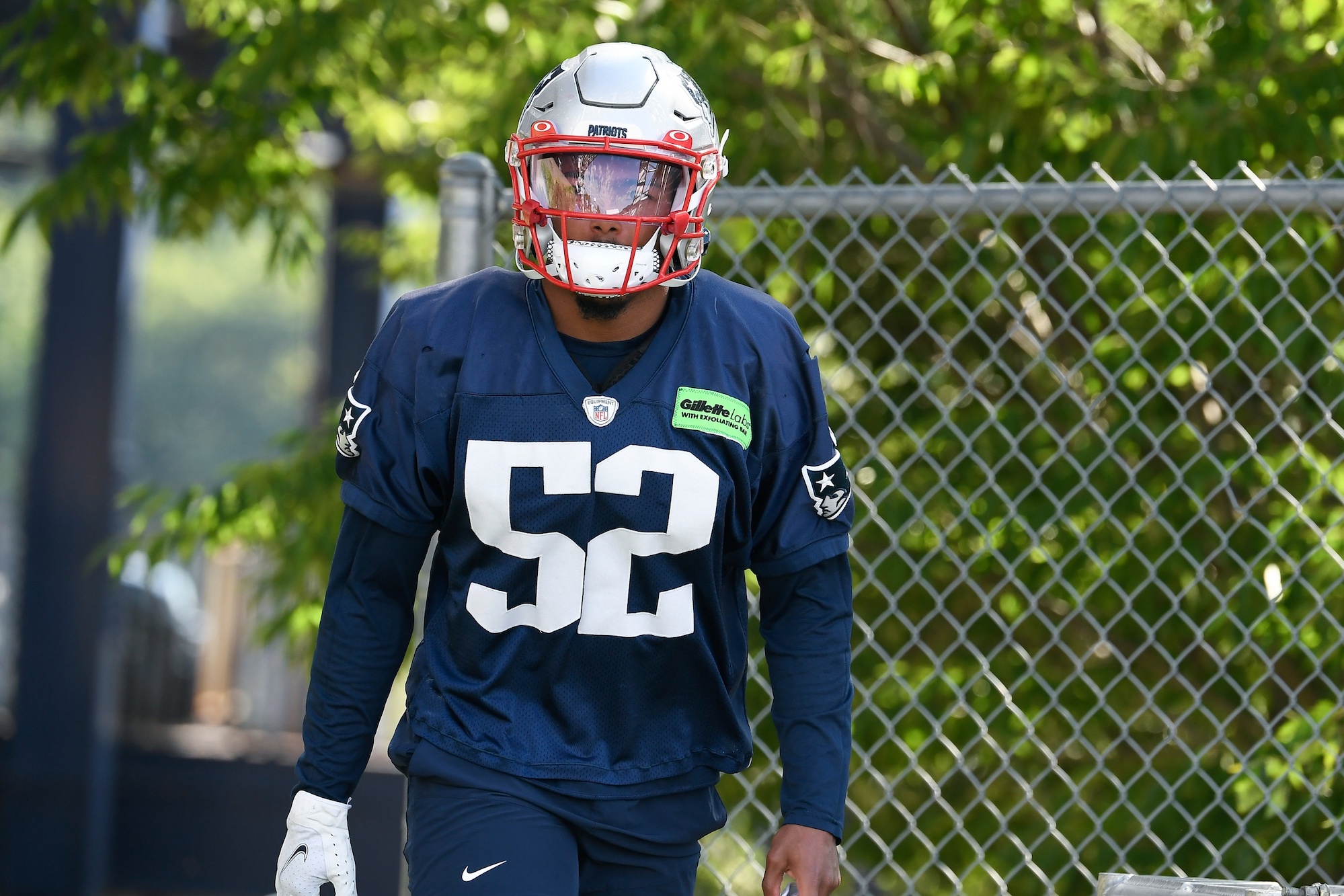The New England Patriots’ season has now ended in consecutive seasons prior to the AFC Championship Game. This is a new development for Patriots faithful and might be a glimpse into the future of the AFC East.
This past wild-card weekend, the Patriots simply ran into a more talented roster and a better team in the Buffalo Bills. There’s no shame in losing to Buffalo, a group that has the potential to make a deep playoff run. However, the Patriots’ current state of affairs is unknown territory for fans who didn’t live to see the pre-Belichick era.
There was a time during the 2021 season when the Patriots looked poised to reclaim the AFC as their own—they sat first in the conference at 9-4, coming off of a road win in Buffalo. Since that Week 13 win, the Patriots went 1-4, with their one win being a home victory against a Jacksonville team that finished with the worst record in the entire NFL. This losing slump also happened when Mac Jones seemingly hit a rookie wall. Jones had the definition of a roller coaster opening season: starting the season 2-4, followed by a seven-game win streak, and then closing with one win in his final five games, including the postseason.
The media and fans should temper expectations for a rookie quarterback in the NFL; however, when a team starts winning, high expectations are typically what follows. For a team that was at one point first in their conference, they fell, and they fell hard. The Indianapolis Colts game served as one of the better litmus tests of the Patriots’ talent throughout the season, and Jones and the rest of the team failed to live up to the challenge. From that point on, New England looked more like a team led by a rookie quarterback rather than the Patriots team many have grown accustomed to seeing come playoff time.
Mac Jones’ Slump
Should the Patriots be concerned with how Jones ended the season? Simply put, no, they shouldn’t. Jones is a rookie quarterback who had an above-average season, exceeded expectations, and led his team to a playoff berth. With that being said, if the front office evaluates this team as one that could compete for a Super Bowl right now, Jones' passing slump at the end of the season would indicate that he is far from ready.
Many factors could have contributed to Jones’ slump: fatigue across the course of an 18-week season, falling victim to increasing playoff pressure, and the simple fact that the four teams that bested the Patriots in the final five weeks had winning records. Sometimes, the stats tell enough of the story. Overall, the Patriots finished 3-8 against teams with a winning record. The Patriots were a team that could beat up on bad teams, compete and sometimes win against good teams, and lose to genuine contenders.
When Jones was asked to win the game and throw the Patriots to victory, he often fell short. In games where Jones threw the ball more than 30 times, the Patriots went 3-6. Compared to the rest of the league, the bottom-ranking team in pass attempts (Seattle) threw the ball on average 29.1 attempts per game.
The Patriots are in a different camp than those teams as they are clearly trying to establish themselves as a run-heavy offense that doesn’t want to throw the ball 40 times a game. They are playing to their strengths (running backs and O-line) which makes sense in the NFL; however, teams are expected to win games in today’s NFL by throwing the ball at least 30 times throughout a contest.
In the season’s final five games, Jones was forced to throw the ball at least 30 times in every single contest. The pass-heavy approach has a lot to do with the fact that the Patriots didn’t dominate the game script and win the game early through their rushing attack. In the final four losses of the season, the Patriots lost the first quarter by a total of 49 points. When the Patriots didn’t win the first quarter throughout the season, they ended up losing the game more often than not.
It isn’t uncommon for teams and quarterbacks to struggle when going down early and being forced into obvious passing situations. However, it is concerning for a team with playoff aspirations that their quarterback struggles when the game has to be won through the air. The recipe for success against the Patriots became straightforward—stack the box and force Jones to throw the ball across the middle.
Throughout the season, Jones was an average-to-above-average passer when it comes to throwing outside of the pocket and within 20 yards of the line of scrimmage—these are “safe throws.” However, when it comes to throwing the ball over the middle of the field and or more than 20 yards past the line of scrimmage, Jones is either slightly below league average or well below the league average mark.
Forcing the flow of attack through the center of the field as a defensive strategy against Jones was evident in the last four losses of the season. On throws past the line of scrimmage and in the middle third of the field, Jones threw 27 passes on 43 attempts for one touchdown and two interceptions. Forty-three pass attempts over the middle of the field are more than he had in any four-game span of the season, all these games coinciding in losses. Not only was the middle third where Jones struggled, but it was also clear that Josh McDaniels attempted to scheme away from this as much as possible.
Once again, it isn’t uncommon for rookie quarterbacks, let alone quarterbacks in general, to struggle when it comes to throwing between the hashes. However, if McDaniels and Belichick want this makeup of the Patriots to succeed in the playoffs and become more than a wild-card team, they need to be able to win on both the ground and through the air.
Without significant additions at skill positions, Jones can’t yet win games against elite teams through the air. That is a concerning thought if the expectations amongst the franchise are that of Super Bowl contention. If the front office buys into the idea that this team is a project and is content with being a wild-card-level team for a few years, there is no reason for panic.
Patriots’ Outlook
Jones was a rookie and it is silly to expect him to come into the league and look like a top-10 quarterback in his first season. Jones was perfectly successful in the situation he was put in; he might even finish top-two in offensive rookie of the year voting. Additionally, he led his team to their first playoff berth in the post-Brady era. However, expectations tend to soar when a team puts together a seven-game win streak mid-season. While the expectations are incredibly unfair for a rookie quarterback, especially one who was drafted fifth in his class, the expectations exist nonetheless.
This roster isn’t ready for a Super Bowl run and Jones isn’t either, but there are paths to expediting the young passer’s progression into Super Bowl contention. While the roster itself might not appear in “contention-now” mode, the famed head coach and general manager Belichick might be. Does that start with a Calvin Ridley trade or Belichick finally hitting on a wide receiver in the first few rounds?
If the Patriots believe that Jones can take the next step, then New England will look to be incredibly busy during the offseason window in the skill players department. Regardless, if Jones is the route that the Patriots believe will take them back to Super Bowl contention as soon as possible, then there has to be a re-tooling in terms of pass-catching weapons. A pass-catching back is a necessity that New England hasn’t had to pay attention to in a while, thanks to the likes of Danny Woodhead, Shane Vereen, and James White. Additionally, the front office must invest in a wide receiver they believe could be a true No. 1 option—it has been about a decade since the Patriots have had a true No. 1 receiver play an entire season.
Filed In
Related Articles
NFL
3 Teams That Should Trade For Isaiah Wynn
- Aug 22, 2022
NFL
Is Patriots’ Secondary Their Achilles’ Heel?
- Aug 17, 2022
Written By



































